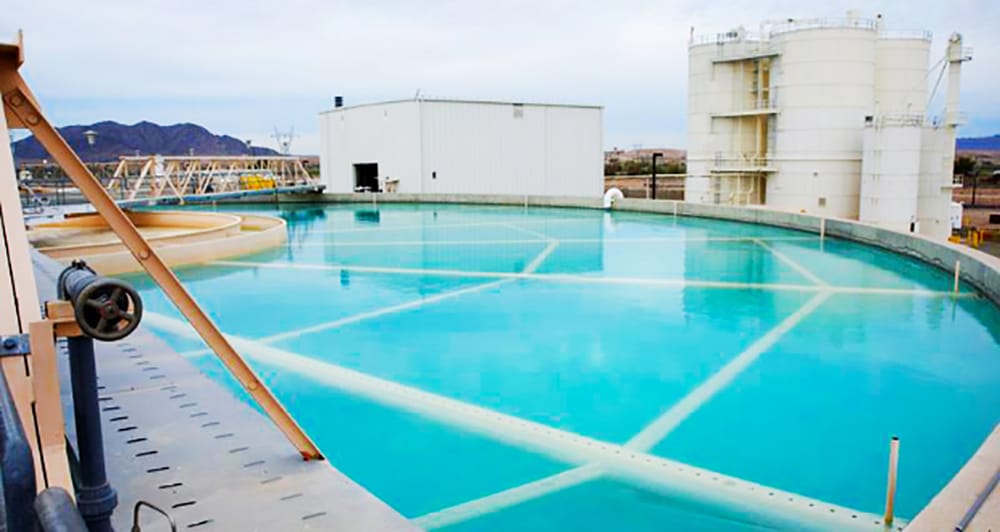The Yuma Desalting Plant was constructed under authority of the Colorado River Basin Salinity Control Act of 1974 to treat saline agricultural return flows from the Wellton-Mohawk Irrigation and Drainage District. Construction of the plant was completed in 1992 and it has operated on two occasions since then. The plant has been maintained, but largely not operated due to surplus and then normal water supply conditions on the Colorado River. /Photo courtesy U.S. Bureau Reclamation.
By Piper Hansen | Arizona Capitol Times
Old technology, cost inefficiencies, politics and several existing water solutions have made the existing Yuma desalination plant obsolete. But managers of the plant and those working on other water projects around the state said the failure isn’t necessarily a cautionary tale for desalination.
By the time a desalination plant was built in Yuma at the start of the 1990s to take water from agricultural drainage systems, desalt it and deliver it to the Colorado River, the state had already implemented other ways to reuse water from the agriculture sector.
Construction had just finished on the Central Arizona Project and a redirection canal for agricultural drainage was in place when the Yuma plant was scheduled to begin operating at one-third capacity.
The desalting plant had been heralded as a technological marvel — able to clean upwards of 70 million gallons of brackish water per day — and then suddenly the Colorado River was within its salt content limit, even without the plant’s assistance.








